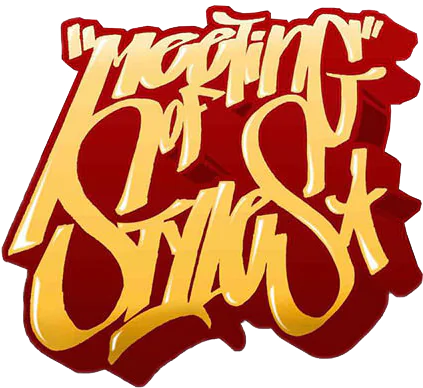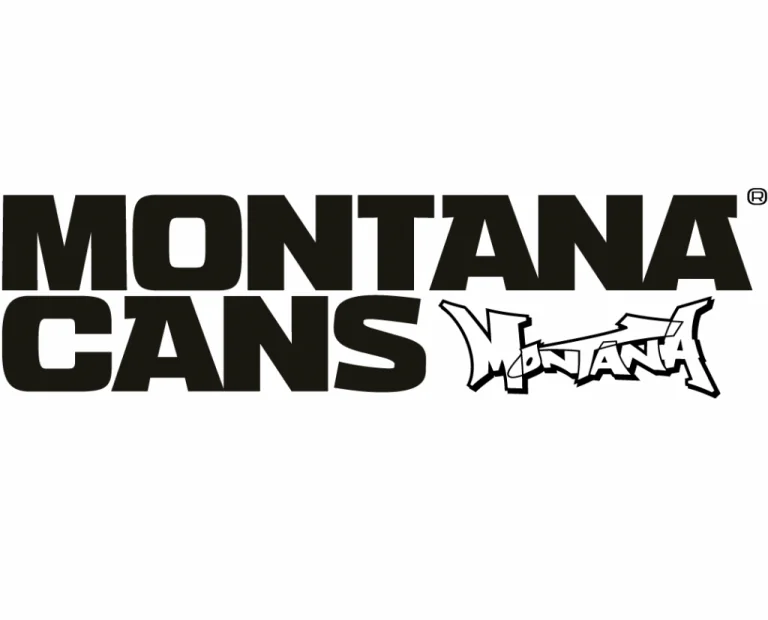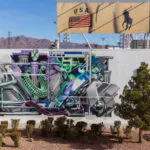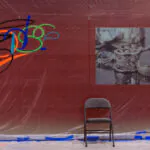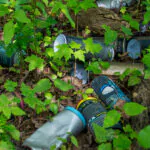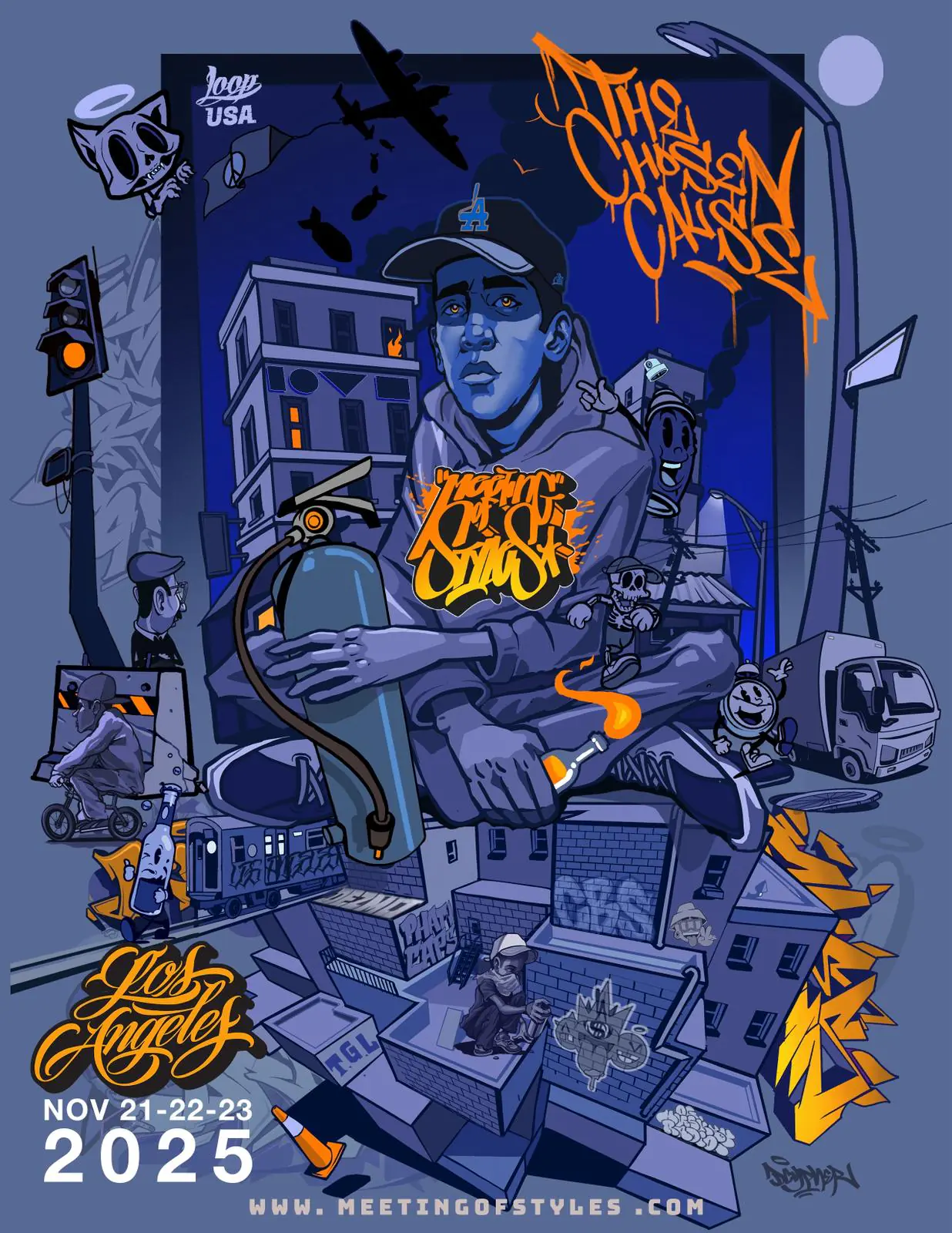The Aerosol Alliance aims to revolutionize the graffiti and street art scene for a greener future.
Spray paint has long been the lifeblood of graffiti, breathing color into grey walls and abandoned alleyways, transforming cities into open-air art galleries. But behind every vibrant mural lies an inconvenient truth: a can of spray paint isn’t as harmless as it seems. Enter The Aerosol Alliance, a non-profit founded by graffiti artists, curators, environmental specialists, and festival organizers. It’s mission? To tackle the environmental and health impacts of spray paint, without killing the creative spark that fuels the graffiti-, street and mural art scene.
The Manifesto: actions speak louder than words
At the heart of The Aerosol Alliance is its Manifesto. A call to let artists, manufacturers, curators, festival organizers and recyclers join their movement. And to take responsibility for the full life cycle of spray paint. From the sourcing of raw materials to proper disposal, The Aerosol Alliance proposes for a radical shift in how we think about, use, and dispose of spray cans.
It’s not about pointing fingers—it’s about collaboration. Artists are encouraged to adopt greener practices, manufacturers to increase transparency and start measuring their impact, and recyclers to innovate new methods for aerosol waste management.

Join the movement 🤝
With several hundreds of like-minded individuals already on board, The Aerosol Alliance is growing steady. Simply by signing the Manifesto, anyone—artist, curator, or concerned citizen—can become an Ally in the fight for a cleaner, more sustainable spray paint industry. Join the movement: sign The Aerosol Alliance Manifesto!
They’re also actively looking for volunteers and collaborators. Whether you want to get hands-on or just share ideas, they’re all ears. You can join the movement to help change the spray paint industry from the inside out.
What’s the big deal?
The numbers are eye-opening: just one can of spray paint contributes around 2.6 kg of CO2-eq. Multiply that across the globe, and the impact becomes massive.
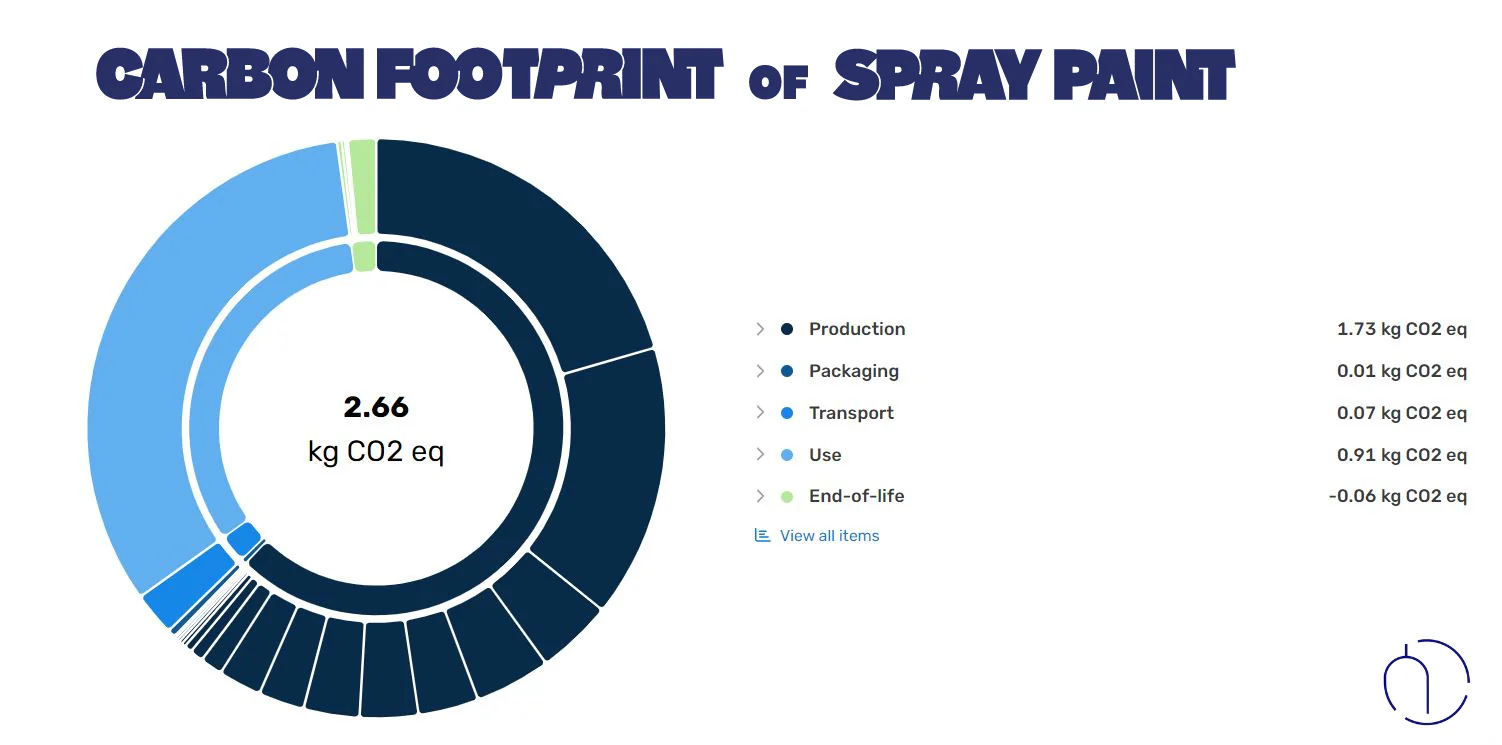
A conservative calculation made by The Aerosol Alliance is that the spray paint industry in Europe accounts for roughly 738.400 ton CO2-eq per year. This equals the impact of:
- ~60 billion smart phones charged, or
- ~33 billion cups of coffee, or
- ~150 million T-shirts.
You would need to run 221 windturbines for a year to avoid similar greenhouse gas emissions (1, 2).
Although iconic in urban art, spray cans are notoriously difficult to recycle. In Europe and the US, many facilities lack the proper equipment to process aerosol paint waste, and poor consumer guidance further hinders proper disposal. In less technologically advanced countries, the necessary recycling infrastructure is often absent, making this a global, not just local, challenge.
Practical tips to promote change
The Aerosol Alliance isn’t just about ideology—it’s about practical change. On The Aerosol Alliance website, they offer tips for artists who want to reduce their environmental footprint:
- Dispose of cans properly: Take them to hazardous waste centers instead of tossing them in nature.
- Use bucket or latex paint: It’s cheaper, covers more, and is easier on the planet.
- Try water-based spray paints: They emit fewer VOCs and rely on water as solvent, not fossil fuels.
- Use second-hand paint: Scour local hardware stores, thrift shops, or even the curb during bulk waste days.
Knowledge is power
One of the Alliance’s core goals is to raise awareness. They act as a bridge between artists and manufacturers, opening up dialogue and pushing for data transparency. They’re aiming to built an inspiring platform of best practices and case studies—empowering artists to make more conscious choices. If you want stay informed on their latest updates, take a look at their Instagram page.
Author: AerosolAlliance
The Aerosol Alliance is a non-profit with the goal to reduce the environmental and health impacts of (graffiti) spray paint. They do this by collaborating with artists, paint manufacturers, brands, curators and recycling facilities.
